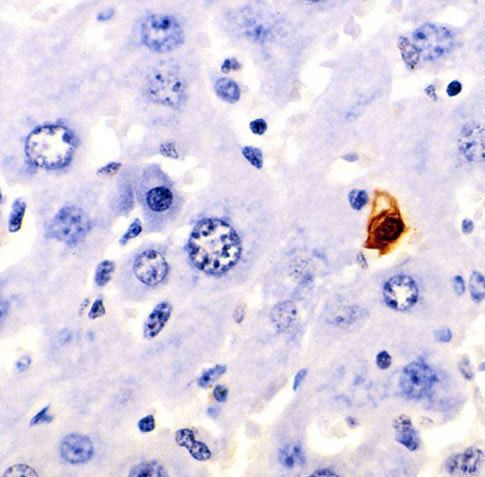 | ||
Terminal deoxynucleotidyl transferase dUTP nick end labeling (TUNEL) is a method for detecting DNA fragmentation by labeling the 3′-OH termini in the double-strand DNA breaks generated in the course of apoptosis.
Contents
Method
TUNEL is a common method for detecting DNA fragmentation that results from apoptotic signaling cascades. The assay relies on the presence of DNA breaks resulting from DNA fragmentation which can be identified by terminal deoxynucleotidyl transferase(TdT), an enzyme that will catalyze the addition of dUTPs that are secondarily labeled with a marker. It may also label cells following DNA damage that generates DNA double strand breaks.
History
Originally described by Gorczyca et al and Gavrieli et al, in 1992, TUNEL has become one of the main methods for detecting apoptotic programmed cell death. However, for years there has been a debate about its accuracy, due to problems in the original assay which caused necrotic cells to be inappropriately labeled as apoptotic. The method has subsequently been improved dramatically and if performed correctly should only identify cells in the last phase of apoptosis. New methods incorporate the dUTPs modified by fluorophores or haptens, including biotin or bromine, which can be detected directly in the case of a fluorescently-modified nucleotide (i.e., fluorescein-dUTP), or indirectly with streptavidin or antibodies, if biotin-dUTP or BrdUTP are used, respectively. Often at late stages of apoptosis, adherent cells are known to detach or “pop” off. For a reliable and reproducible TUNEL imaging assay, the modified nucleotide must not only be an acceptable substrate for TdT, but the detection method must also be sensitive without bringing about any additional loss of cells from the sample.
